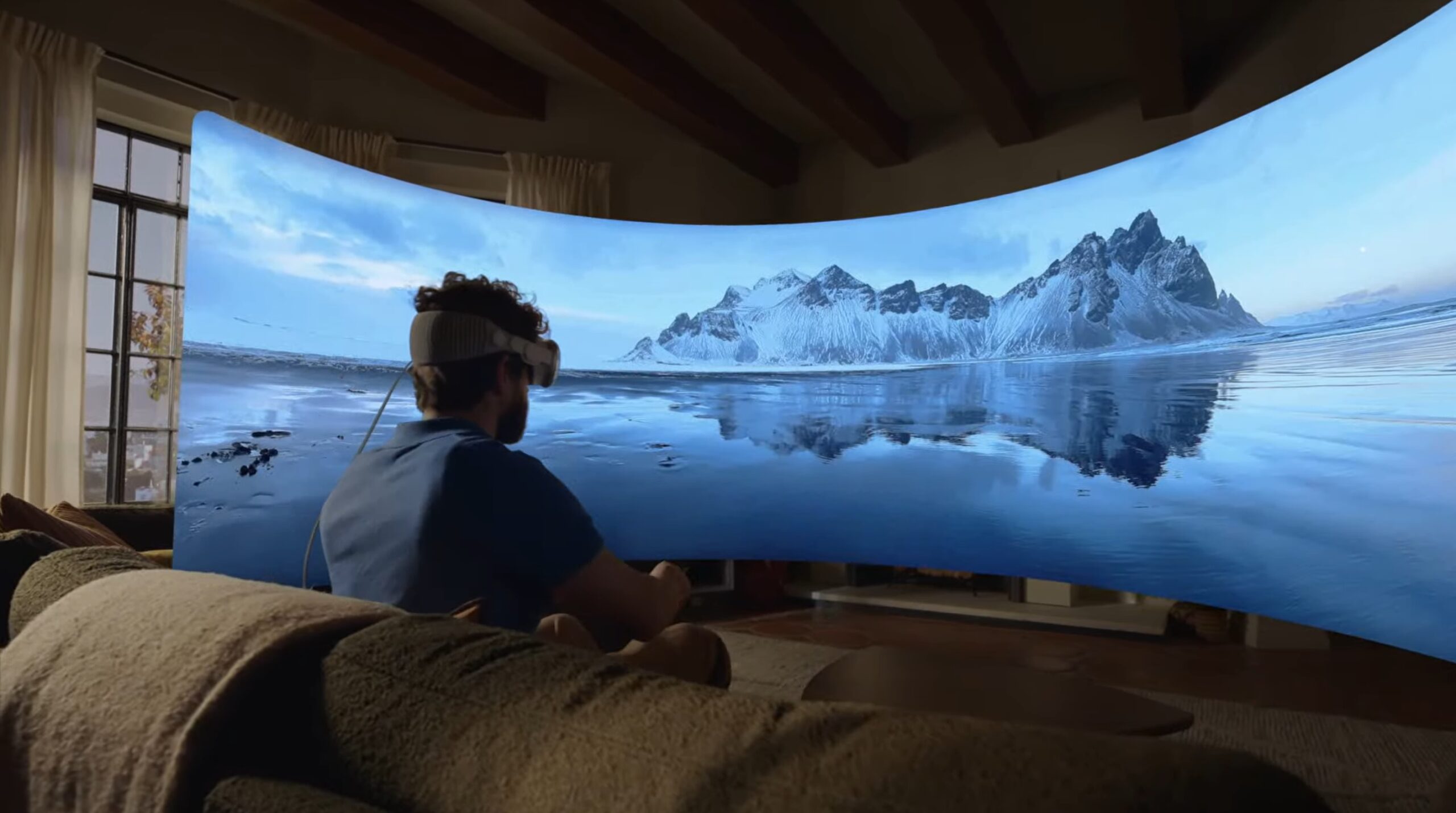Apple pro vision: Escape or Enhancement?
Apple’s latest unveiling of Apple pro vision sent shocks through the tech world, starting a new era in spatial computation, pro vision seamlessly connects the digital world to reality.
Many believe that this may be a gateway to a new era of productivity and entertainment, while other fears its potential to become an escape doorway from reality.
The Charm of Escape:
There’s no denying the allure of Vision Pro’s immersive capabilities. Imagine learning history by walking through ancient Rome, collaborating with colleagues across continents in a virtual workspace, or exploring fantastical worlds beyond imagination. These experiences offer a thrilling escape from the mundane, nurturing creativity and engagement in ways traditional screens simply can’t. However, concerns arise when this escape becomes an obsession. Critics argue that excessive reliance on virtual worlds could weaken our connection to the real one, hindering social interaction and emotional development.
Beyond mere escape: The Promise of Enhancement
However as much as it seems enjoyable to escape, Vision Pro isn’t solely about escape. It displays an astonishing potential for augmented reality. imagine how schools can capitate the use, to fuel students’ creativity. Accessibility for individuals with disabilities could be a core design principle allowing everyone to use computers and gain information. Medical precision may take a huge step, as surgeons could use the headset and see an overlay of information in an operation and the earliest signs of serious illness may also be detected quickly.
The possibilities of Enhancement could be enormous, However, the key is striking a balancing act.
The Balancing Act:
Vision Pro is a powerful tool, and like any tool, its impact depends on the user’s intent. Responsible development and mindful use are crucial. Developers must create experiences that encourage interaction with the real world, not just escape from it Its success, however, hinges on how we, as developers and users, leverage its potential. By embracing its ability to augment, not replace, reality, we can unlock a new era of learning, collaboration, and creativity, ensuring that technology enhances, rather than diminishes, our connection to the world around us. Users, on the other hand, must be conscious of their time spent in the digital realm and ensure it complements, not replaces their real-world connections. The most crucial thing is Ethical Considerations: Privacy, data security, and algorithmic bias need careful attention to avoid manipulation of any sort.



